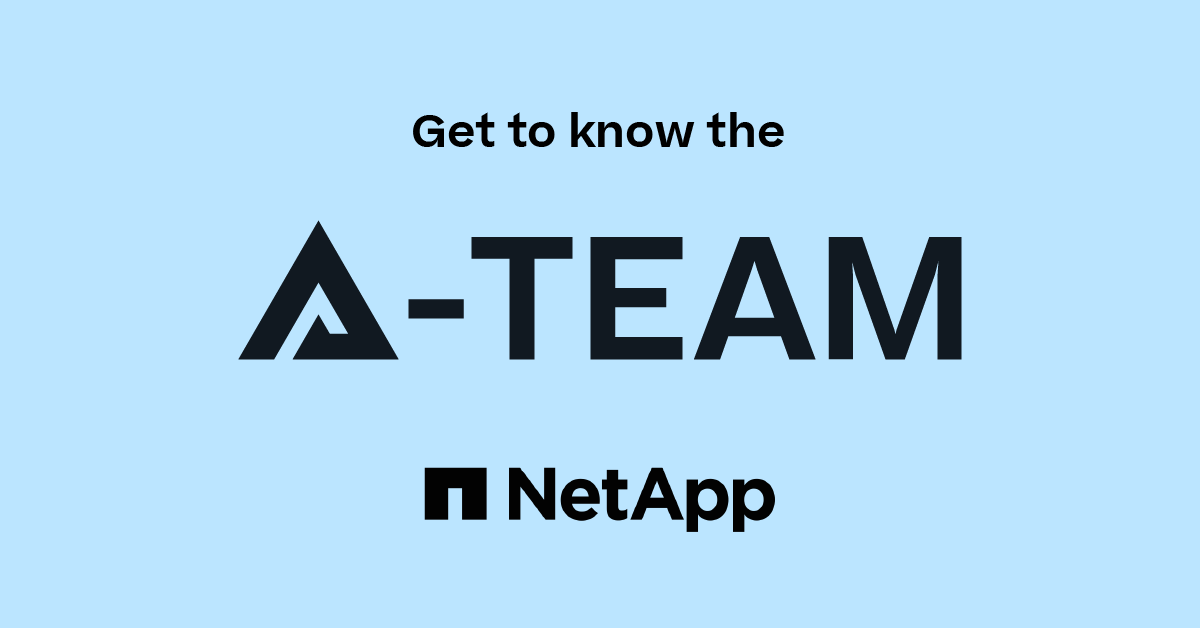Discover how NetApp’s AI Data Guardrails turn governance into a living system—enabling secure, compliant, and scalable AI platforms. From risk managem ...read more
By Mohammad Hossein Hajkazemi, Bhushan Jain, and Arpan Chowdhry
Introduction
Google Cloud NetApp Volumes is a fully managed, cloud-native storage s ...read more
NetApp Console delivers HIPAA (Health Insurance Portability and Accountability Act)- compliant data intelligence without storing ePHI
NetApp Console n ...read more
NetApp Console delivers simplicity with Console agent
NetApp® Console agent is the secure and trusted software from NetApp that enables the workflows ...read more
Blog Activity
More
Public

















